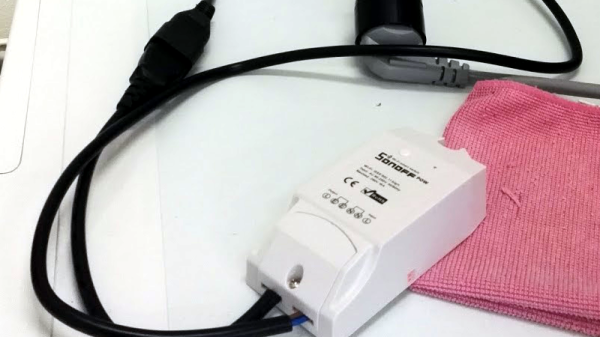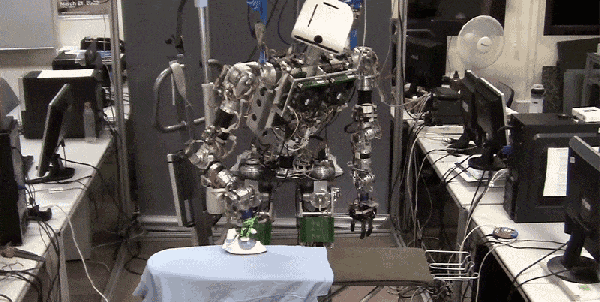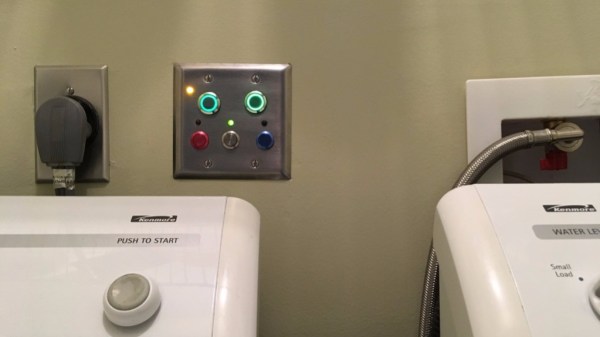If you’re like most people, then washing clothes is probably a huge pain for you. Figuring out the odd number of minutes necessary to run a wash and dry cycle, trying desperately not to end up with clothes that are still wet, and worst of all having to wait so long for your clothes to be clean can be a real hassle.
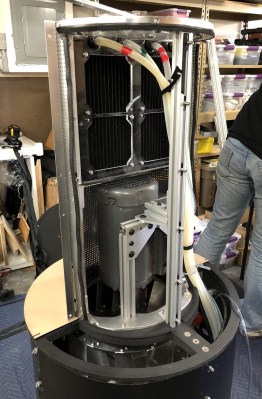 One team of inventors decided to build Eleven, a dryer that dries and sanitizes clothes in a minute or less. As explained in their demo video, clothes are placed around the center tube and dried by the airflow initiated by Eleven. Fragrance and ozone is injected to prevent bacteria from causing bad smells.
One team of inventors decided to build Eleven, a dryer that dries and sanitizes clothes in a minute or less. As explained in their demo video, clothes are placed around the center tube and dried by the airflow initiated by Eleven. Fragrance and ozone is injected to prevent bacteria from causing bad smells.
The team experimented with ultrasonics and microwave-vacuum system, and ultimately decided to use a method that controls the flow of air within the fabric. A steam generator sprays the clothes with a disinfectant while a filter quarantines the chemicals to a receptacle within the device.
They also installed sensors to monitor the performance of the machine remotely, allowing users to track their clothes and the health of the machine even when they aren’t home. Something we’ve previously seen done in the DIY space.
It might not be the futuristic heat-free clothes dryer we were promised, but Eleven certainly looks like a step in the right direction.

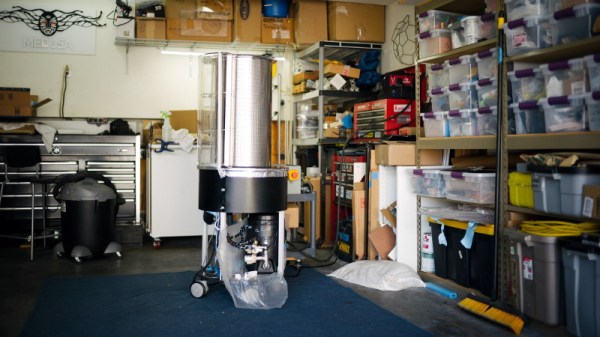




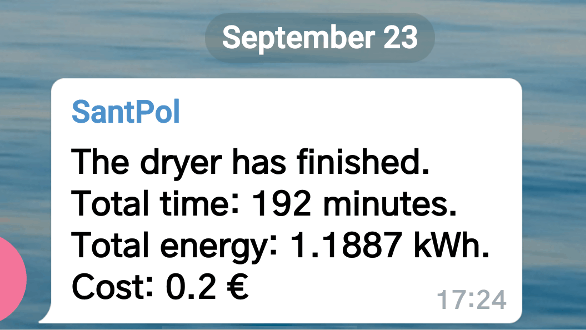
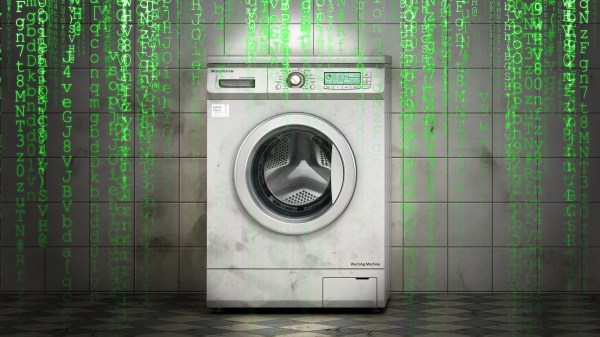
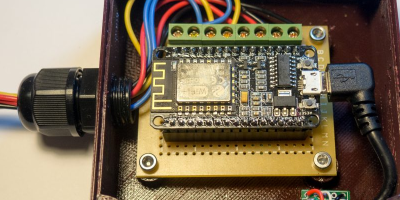 How do you sense when the machine — either a washer or a dryer — is done? [Andrew] thought about sensing current but didn’t want to mess with house current. His machines don’t have LED indicators, so using a light sensor wasn’t going to work either. However, an accelerometer can detect vibrations in the machine and most washers and dryers vibrate plenty while they are running.
How do you sense when the machine — either a washer or a dryer — is done? [Andrew] thought about sensing current but didn’t want to mess with house current. His machines don’t have LED indicators, so using a light sensor wasn’t going to work either. However, an accelerometer can detect vibrations in the machine and most washers and dryers vibrate plenty while they are running.
